The easiest way to combat desk posture is with bodyweight workouts for programmers. Bodyweight workouts are a great way to improve your flexibility and strength. A study from (Jung et al, 2021) aiming to understand the effects of sitting for long periods noted a significant increase in body discomfort during a prescribed set of exercises after sitting for 30 minutes. These exercises are also critical for helping you avoid many posture problems arising from sitting for long periods. The best way to combat desk posture is through bodyweight exercises which strengthen muscle groups. In a few minutes daily, you can easily counteract the negative effects of desk posture and sitting for long, extended periods.
Exercise #1 – Jumping jacks
Are you looking for a quick and fun way to boost your cardiovascular fitness and improve your posture? Jumping jacks are an easy, no-equipment-required exercise. Jumping jacks are designed to build muscular strength. They work both the hip flexor muscles and quadricep muscles.
Posture is important when doing jumping jacks. Ensure that your feet are at an equal distance apart. Doing this exercise with poor posture is a terrible idea as doing so can negate the positive impacts of this exercise.
Exercise #2 – Squats
Squats were demonstrated to positively impact individuals suffering from lower back pain. Participants in a study began in a standing position with their arms extended forward, and extended their knees forward while holding this position for 3 seconds. The researchers in this study observed a very significant positive impact on the participants’ range of motion. Because squats have a positive impact on lower back pain sufferers, squats can also have a positive benefit on posture.
Exercise #3 – Planking
Planking is a fast, easy exercise that does not require any equipment. It only takes a few minutes to plank. Most importantly, it improves your posture and reduces the risk of injuring your back. It’s targeted at the core of your body, meaning that you’ll be able to sculpt that appearance that you have always wanted through planking regularly. Planking also burns calories, and is known for being a great option for weight loss.
It’s as easy as placing your body into a push-up position and holding this for a specific period. Hold the plank position for 30-60 seconds to begin and gradually increase over time. Planking has the same benefits as doing abdominal crunches for the core while being a much safer option than crunches.
Exercise #4 – Shoulder Shrugs
Don’t forget about the upper body. Shoulder shrugs are an exercise that you can easily do while you’re sitting down. This is a common exercise used in shoulder rehabilitation, because of its ability to strengthen the shoulder muscles. For your shoulders to function correctly, a strong scapula (shoulder muscle) is essential.
All you need to do is to raise your shoulder toward your ear, and gently lower it back down. Aim to do this for at least 20-30 times in the beginning, and gradually increase the number over time.
These exercises are great ways to build your body’s overall strength. These are simple ways to counteract some of the negative effects of sitting throughout the day. Sitting for long periods is negative for your overall health, and the great way to overcome the negative effects is with targeted exercise.
Jung, K.-S., Jung, J.-H., In, T.-S., & Cho, H.-Y. (2021). Effects of Prolonged Sitting with Slumped Posture on Trunk Muscular Fatigue in Adolescents with and without Chronic Lower Back Pain. Medicina, 57(1), 3. https://doi.org/10.3390/medicina57010003

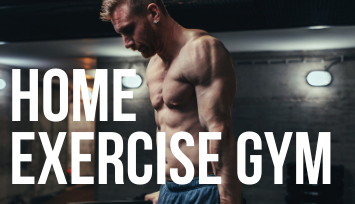
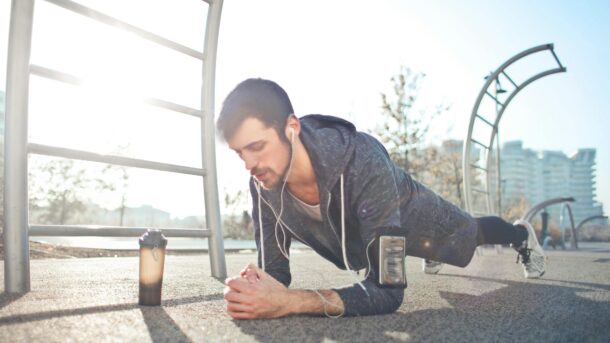


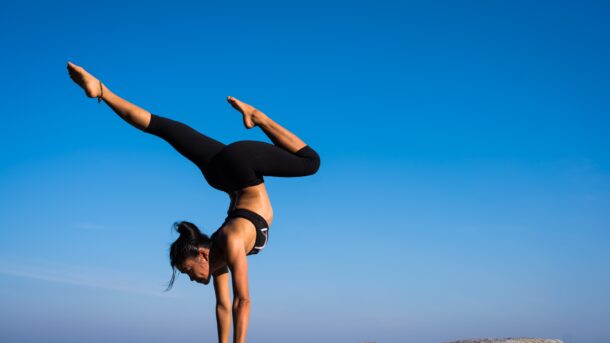

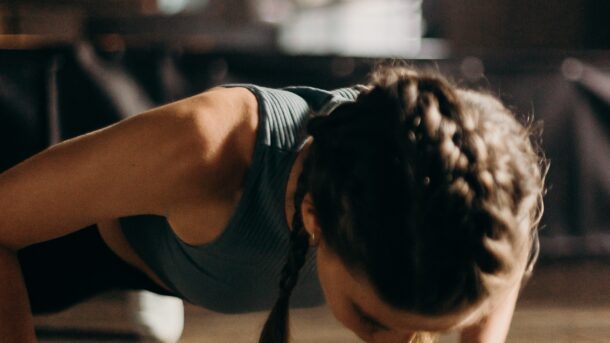
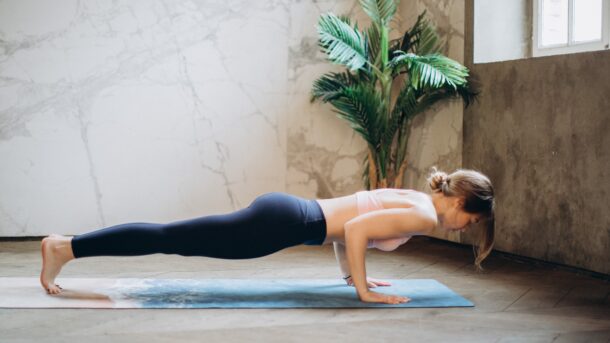

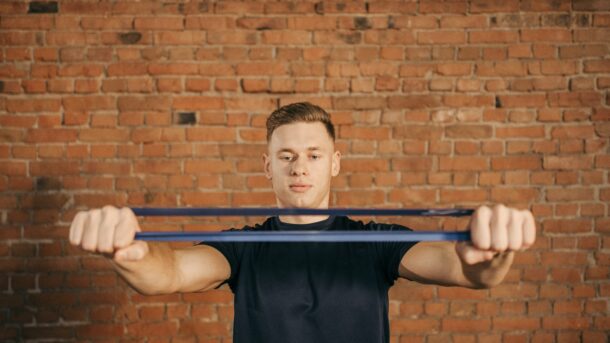
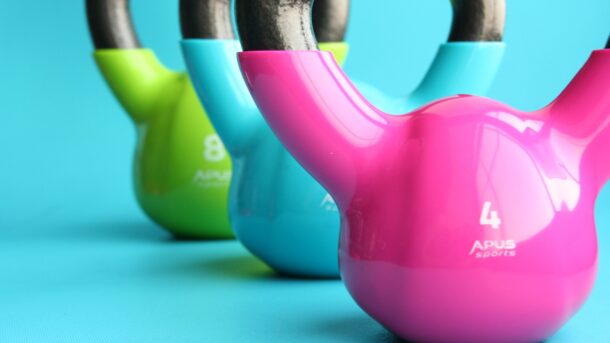
Recent Comments